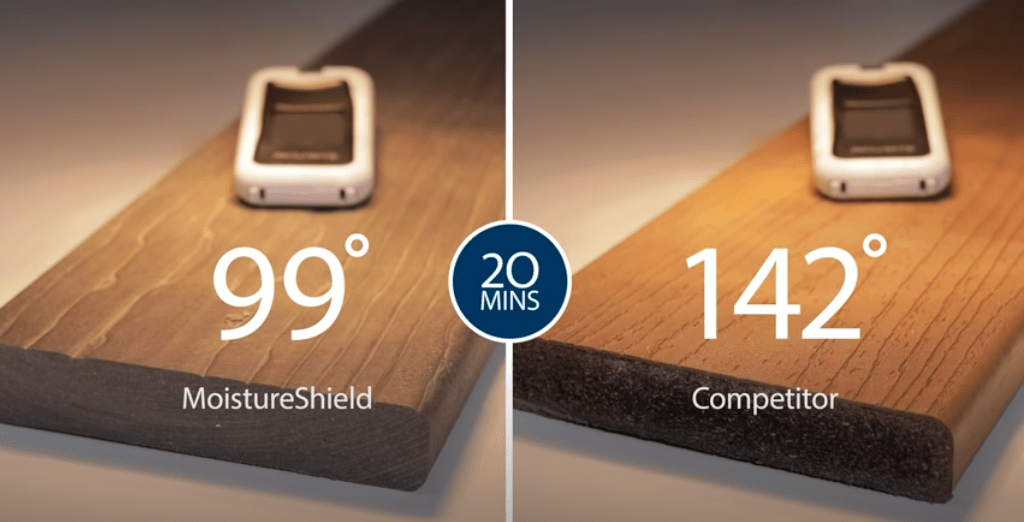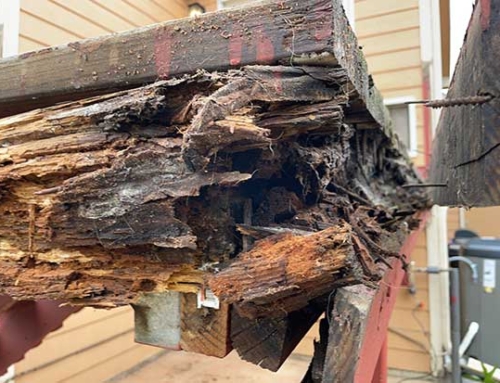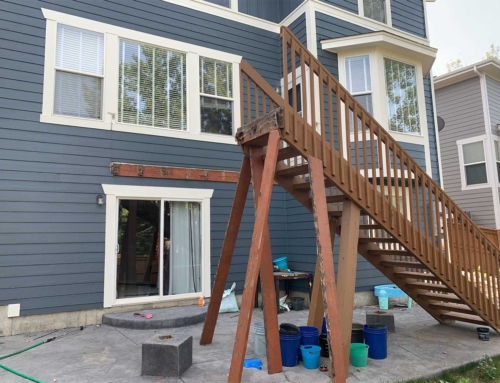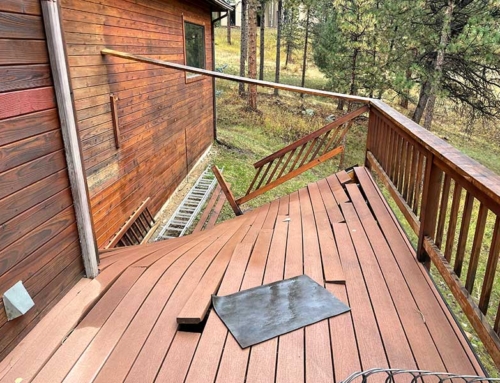June 1st Is #NationalGoBarefootDay,
So, we thought it was a perfect time to discuss how different decking materials can impact the surface temperature of your deck. Deck temperature is important, especially if there are little feet or paws on your deck regularly.
So how hot can your deck surface get? Surprisingly hot! In one study, a composite deck in direct sunlight was up to 76 degrees F hotter than the air temperature. That means on an 80-degree day, your deck surface may reach a scorching 150 degrees. Ouch! To give you a point of reference, Bill Nye The Science Guy did a test a while back and found 130 degrees F was the minimum temp to fry an egg.
This MoistureSheild video shows just how hot some decking boards can get and how the right materials can reduce deck surface temps by up to 50 degrees.
Natural wood vs. composite. To combat heat retention issues, manufacturers like MoistureSheild have product lines specifically treated to reduce the amount of heat their composite decking material retains. For example, material treated with their CoolDeck Technology was over 40 degrees cooler than material without CoolDeck Tech. Other manufacturers use a system of channels on the underside of the decking boards to allow for heat disbursement
If you’re designing a deck, here are a few factors to consider to determine how important heat displacement will be to you:
DECK LOCATION
The first and perhaps most significant is the location of your deck. If you’re building on a Southern exposure and most of your deck will be shaded throughout the summer, then heat shouldn’t be an issue. Likewise, if you have trees or other foliage that will help provide shade to your deck area, at least during the heat of the day.
DECK COLOR
The color you choose can impact heat retention as well. Darker colors like deep browns or dark grey had heat significantly more than lighter colors like tan or white.
DECK USAGE
Use should also be a consideration. If your area is mainly for cocktail gatherings – and most people will be wearing shoes, not an issue. If however you have young children and pets managing your deck temperature will make a huge impact on how you enjoy your deck.
NATURAL WOOD VS. COMPOSITE DECKING
What about natural wood? Natural wood is able to diffuse the heat more effectively than composite, it can still reach temps of up to 40 degrees above the surrounding air temp. Natural wood is always a great option, but due to the ease of maintenance, a wide range of colors, length of product warranty, and availability, composite is a favorite for most of our clients.
In conclusion, there are numerous material options available for your space, including those specifically designed to help mitigate heat retention, so pick the one that best meets your personal style. Contact The Deck Company if you’d like to check out samples of materials that most effectively help manage deck temperatures.






